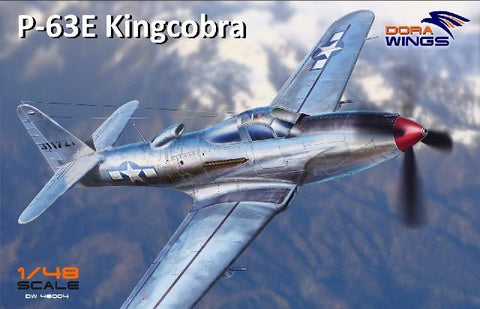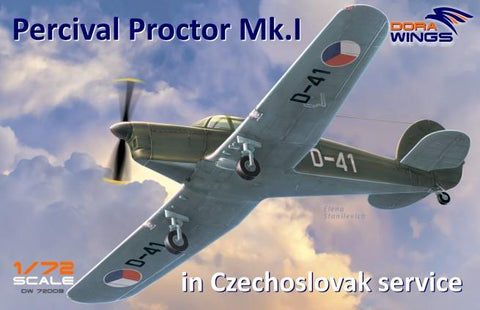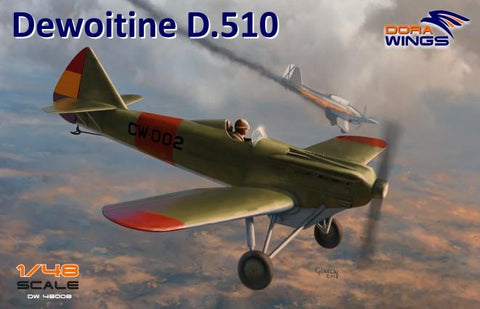The P-47 was one of the toughest Allied planes during WWII and had the most firepower from its eight .50 caliber guns in its wings (3,400 rounds.) It was even more effective as a ground attack aircraft; it was capable of carrying as much as 3,000 pounds of external ordnance. When fully armed, a P-47 Thunderbolt could deliver about half the payload of a B-17 Flying Fortress.
Designed by Alexander Kartveli, and built by Republic Aviation (Curtiss built 354 “G” models late in the war), the first prototype flew in June 1941. Nicknamed the “Jug” (short for “Juggernaut”) by its pilots, it was very tough to shoot down. Yet, because of its outstanding turbocharger, the P-47 had a service ceiling of over 40,000 feet—yet it was the heaviest single-engine fighter of WWII.
More than 15,600 Thunderbolts were manufactured between 1941 and 1945. They served in every theater of the war, performing a variety of missions from bomber escort to close air support. They also served with the British RAF, French Free Forces, and the Soviet Union.
Even though the P-47’s combat debut wasn’t until April 1943, it flew more than half a million sorties in Europe and the Pacific. The P-47s would claim nearly 4,000 enemy aircraft, 9,000 trains, 86,000 trucks, and 6,000 armored vehicles; all is evidence of its great air-ground role.







